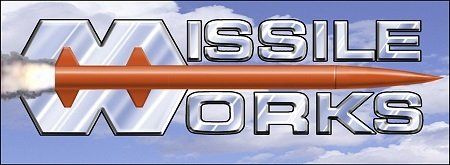Redundancy and Level 3 Pointers
First and foremost, the definition of “redundant” is the key here. Redundant systems are a 100% exact and independent duplication of all critical functions and components of your rocket's primary recovery system elements.
Redundancy is a standard practice in engineering, as it increases the reliability of a system in the event one of its primary functions or components fails. Ideally, you’ll never have to rely on a redundant controller, because it means that your primary controller is operating correctly, without issue.
However, in the event that your primary system has a problem, your redundant (also called a “backup”) controller is there to ensure nominal recovery operations. A redundant recovery system will deploy in the event any failure takes place with your primary system. It may take effect if a single component fails or if your primary operating system experiences complete failure.
In this way, you can think of a redundant recovery controller being similar to having a spare tire for your car. You hope that you never need to use it, but it’s there ready in case of an emergency. Because of this, having a redundant system available helps add an extra layer of reliability and safety to any rocket. Even though you may not ever need it, having that security and peace of mind makes it worth the investment.
Flying Redundant avionics for a Level 3 project, or any other project for that matter requires special attention as to how your recovery deployments behave during actual flight conditions. This behavior is critical to repeatable and reliable recovery success, and herein we make a counter-argument to the long-held mantra that flying avioincs from different manufactures provides a more robust redundant avioincs solution.
- The RRC2 provides a basic and proven redundant deployment altimeter. There's no need for any software or apps to set the flight operations, and it's a solid, no frills, proven setup.
- The RRC3 provides all the flight data logging, and the flexibility to control the time and events for the redundant controls so as to prevent overlapping deployment charges.
- The RRC2 and RRC3 have many of the same basic components and firmware. This allows the units to be more in sync with flight conditions than if the user had two flight controllers from different manufacturers. The launch detect, mach settings, altitude timing and altitude determination are not the same between different manufacturers.
- Working with similar products from one manufacturer allows you to better maintain a familiarity with their setup, and keeps you confident about the flight/launch settings.

